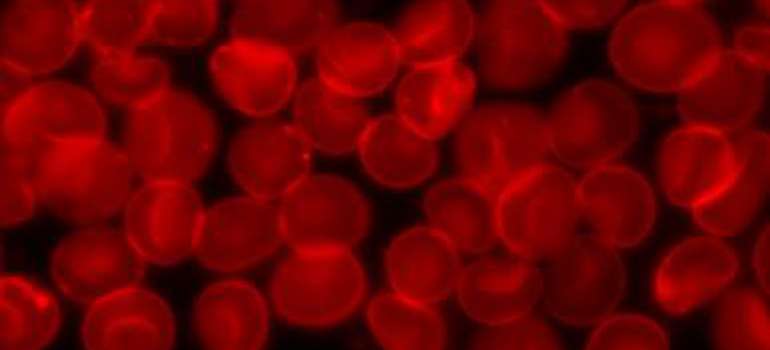Credit: Wikimedia Commons
A recent study published online in the Journal of Leukocyte Biology found the first clear demonstration of etosis in human blood monocytes, a type of immune cell. Etosis, a phenomenon previously presumed to be due to neutrophils (another type of immune cell) occurs when bloods cells cast a "DNA net" outside of the cell. This net, called the "extracellular trap," allows cells to trap and kill pathogens that would otherwise be too large to engulf. In addition to discovering the existence of etosis in human blood monocytes, the study also found that the extracellular traps could activate coagulation, which could have implications for how the coagulation process is triggered under inflammatory conditions.
"We believe that deciphering which cells can undergo etosis, and under which conditions, will provide a better understanding of inflammation," said Luc de Chaisemartin, PharmD, PhD, a researcher involved in the work from the Université Paris-Sud in Châtenay-Malabry, France. "We hope this research will ultimately lead to new diagnostic tools in a wide range of diseases, as well as therapeutic targets to prevent tissue damage in inflammatory diseases and thrombosis."
To make their discovery, Chaisemartin and colleagues isolated monocytes and neutrophils from the blood of healthy donors, stimulating them with both artificial and natural substances and comparing their DNA release using fluorescent probes and microscopy. The researchers found that monocytes reacted in nearly the same way as neutrophils, with the exception of some inhibitors having an effect on neutrophil DNA release and not monocyte DNA release.
"Inflammatory diseases have a huge clinical impact and underlying inflammation may have a role in a wide variety of apparently non-immunological diseases," said John Wherry, Ph.D., Deputy Editor of the Journal of Leukocyte Biology. "These new results should provide better clarity in how to target etosis and block or exploit this process for clinical benefit."
Journal information: Journal of Leukocyte Biology



















